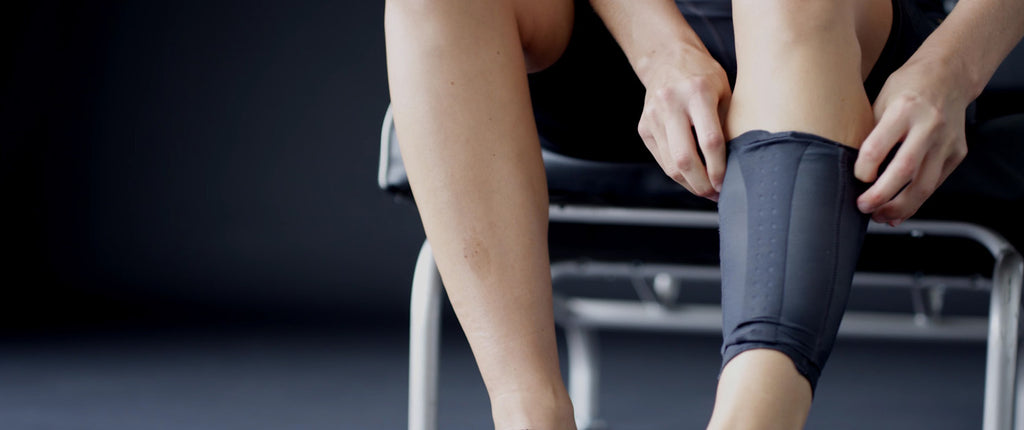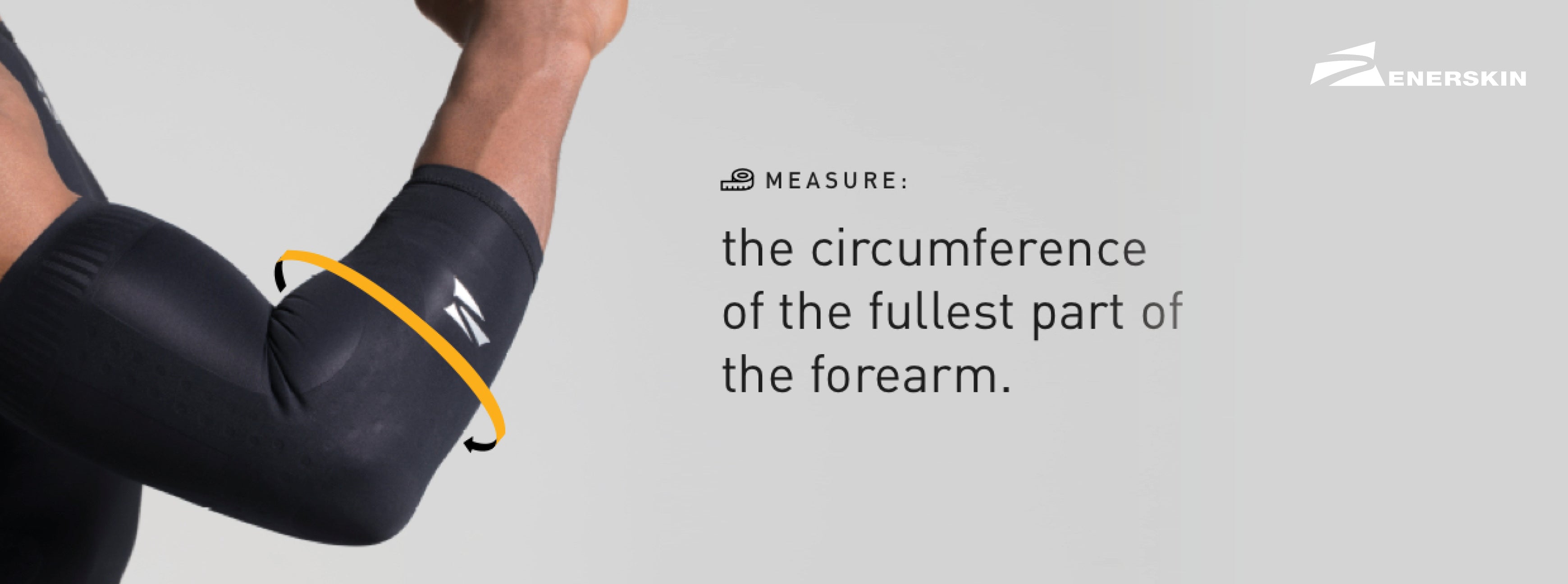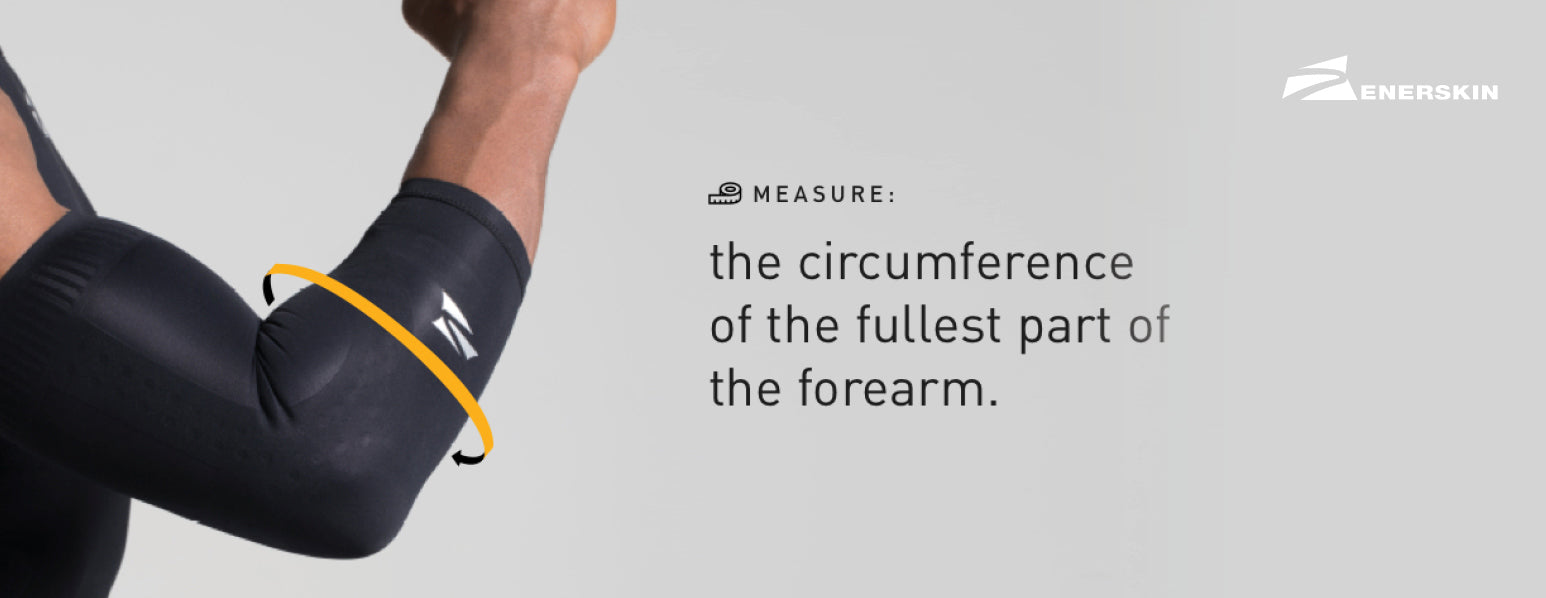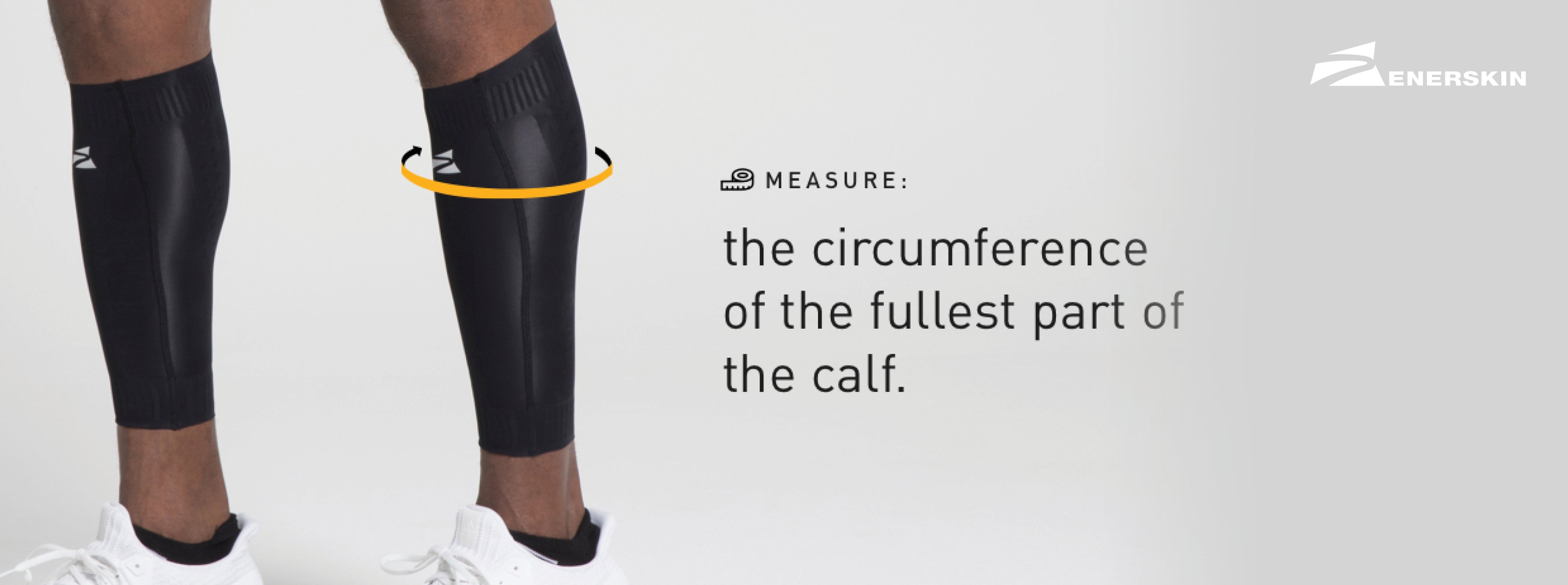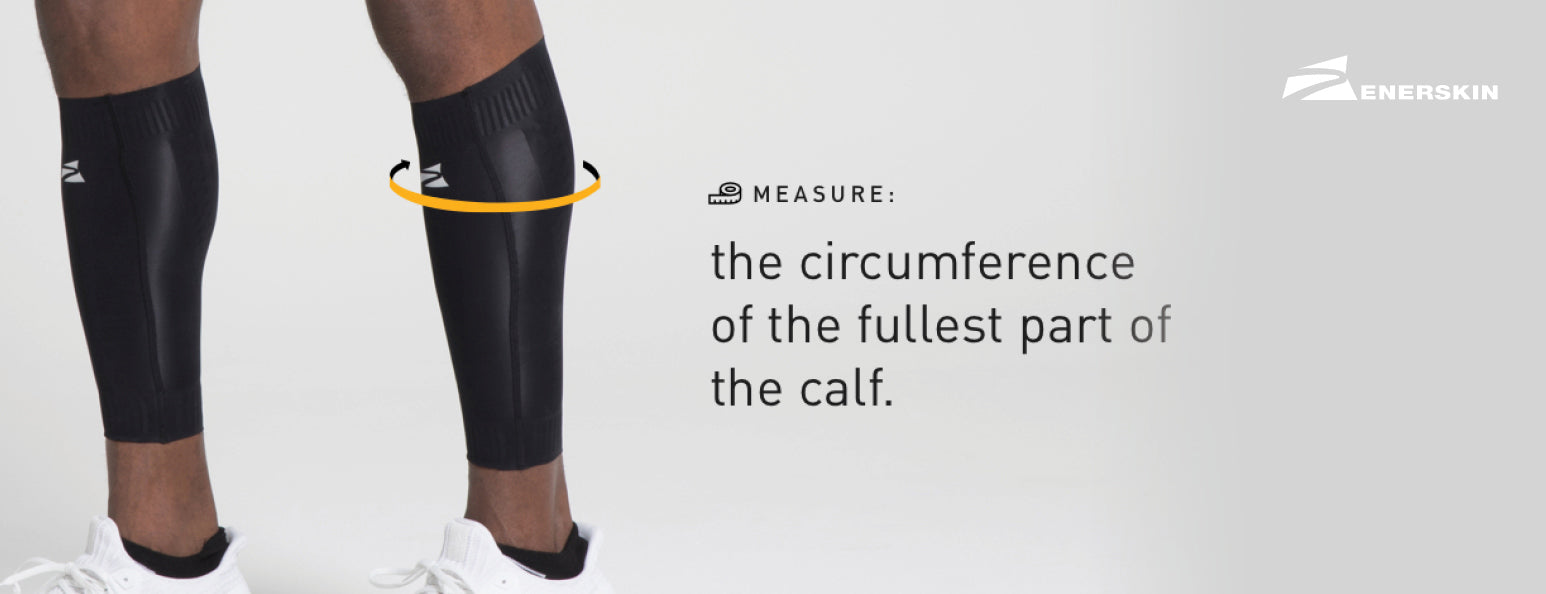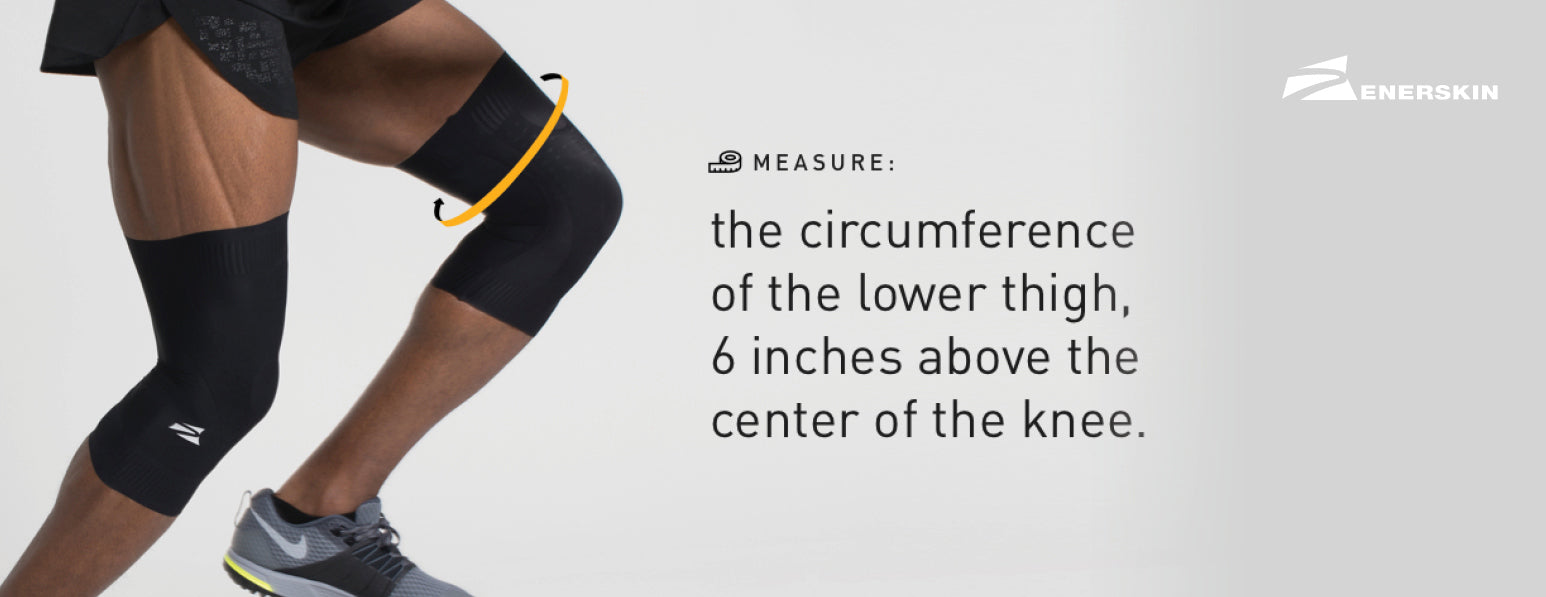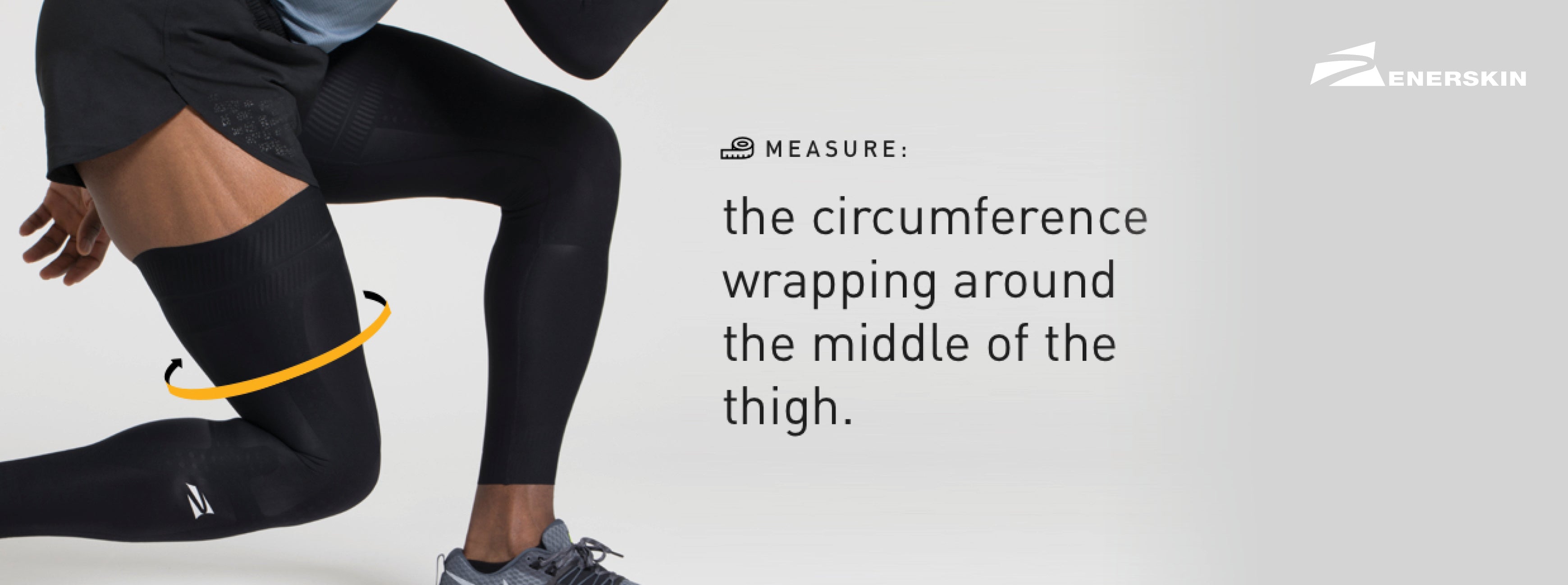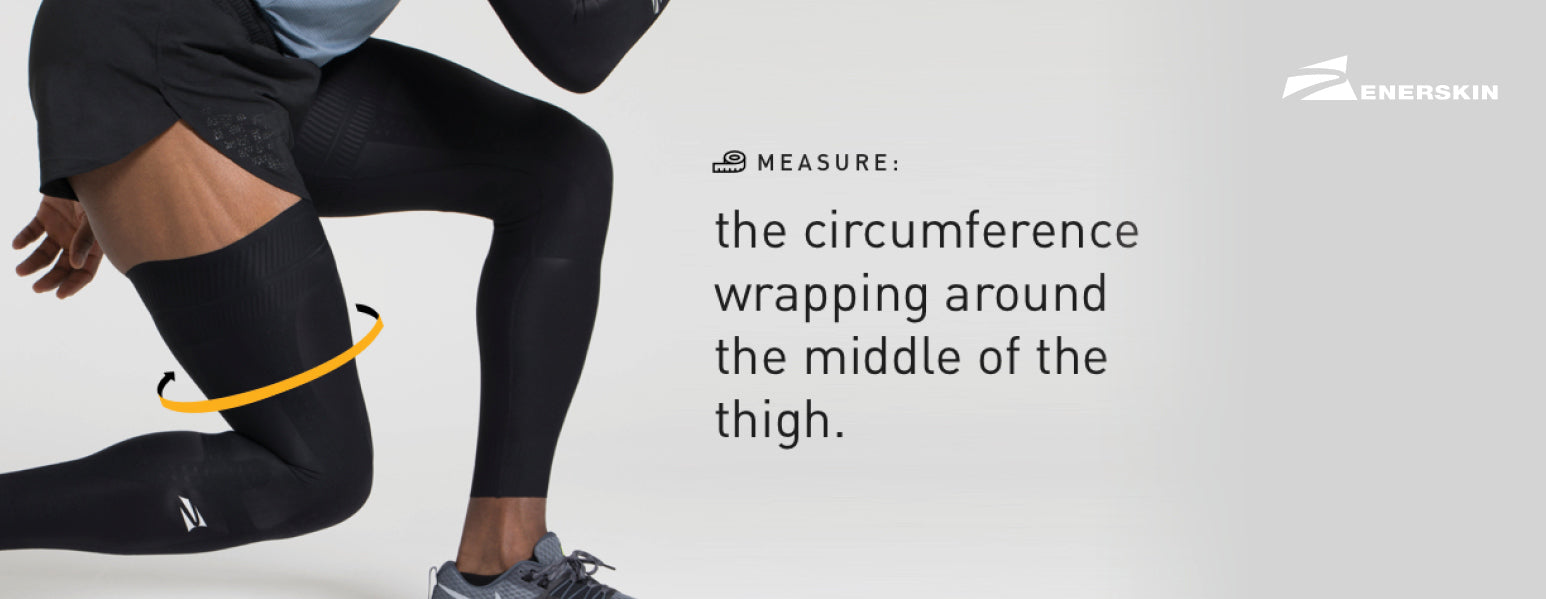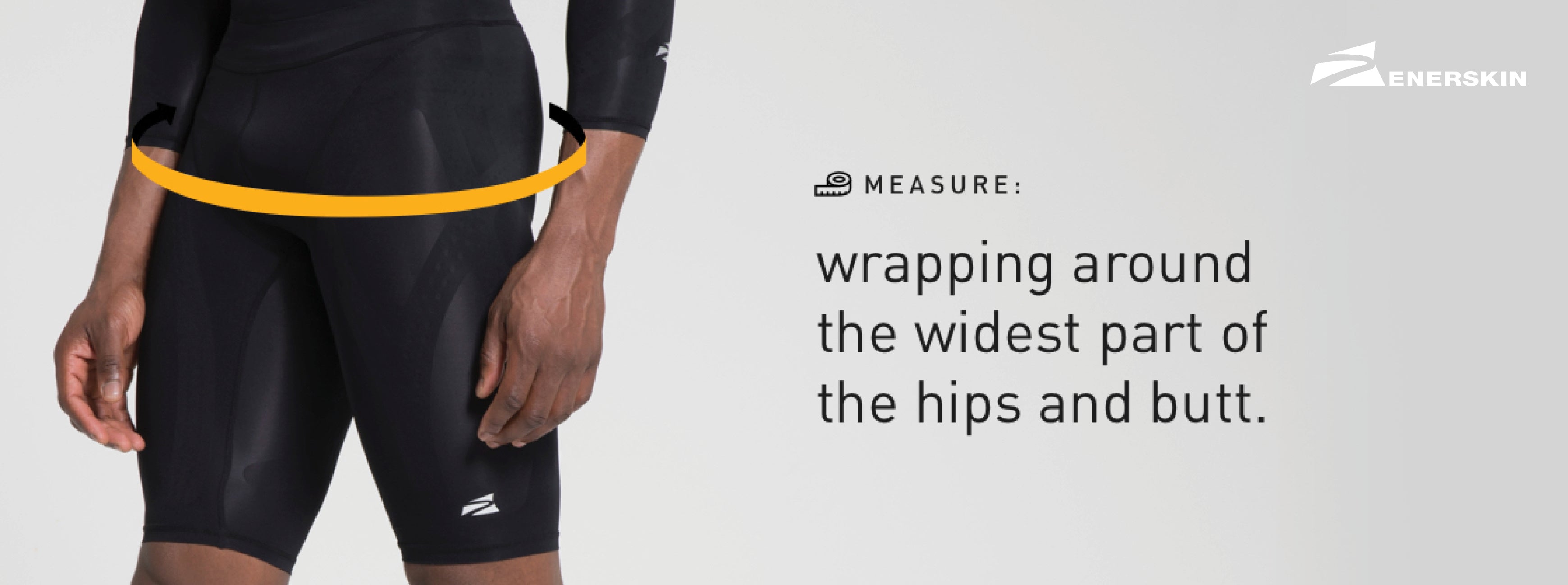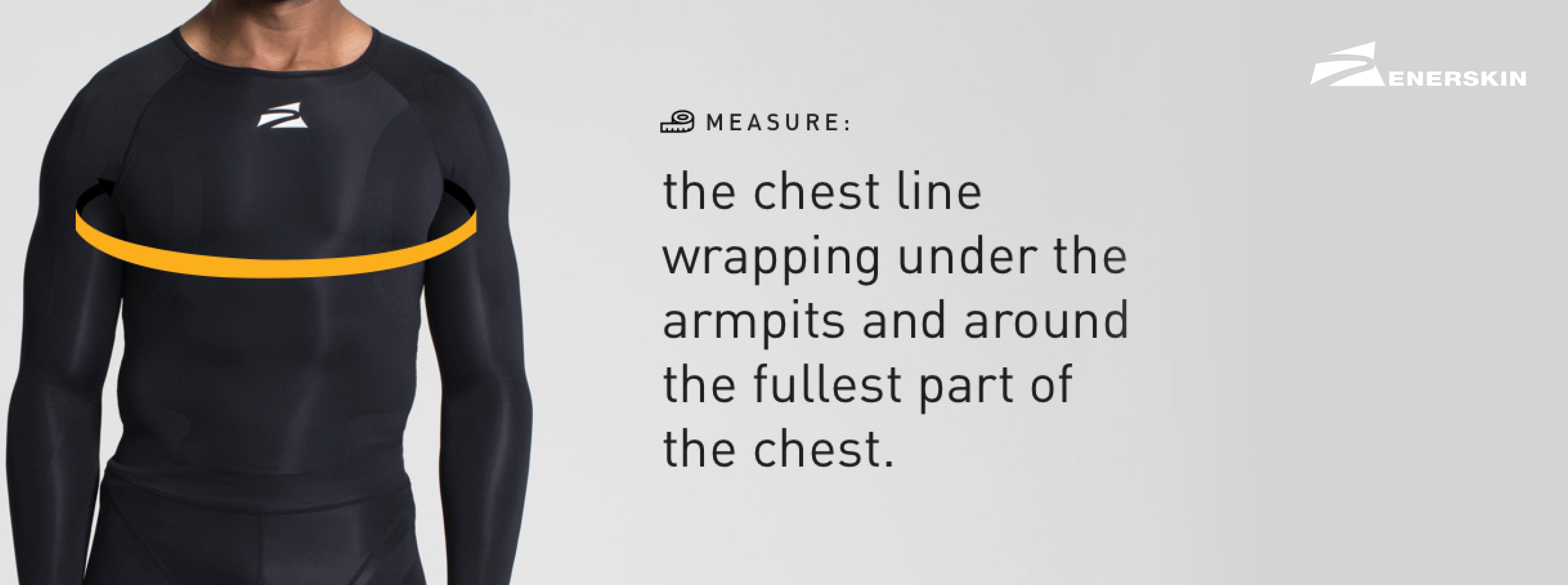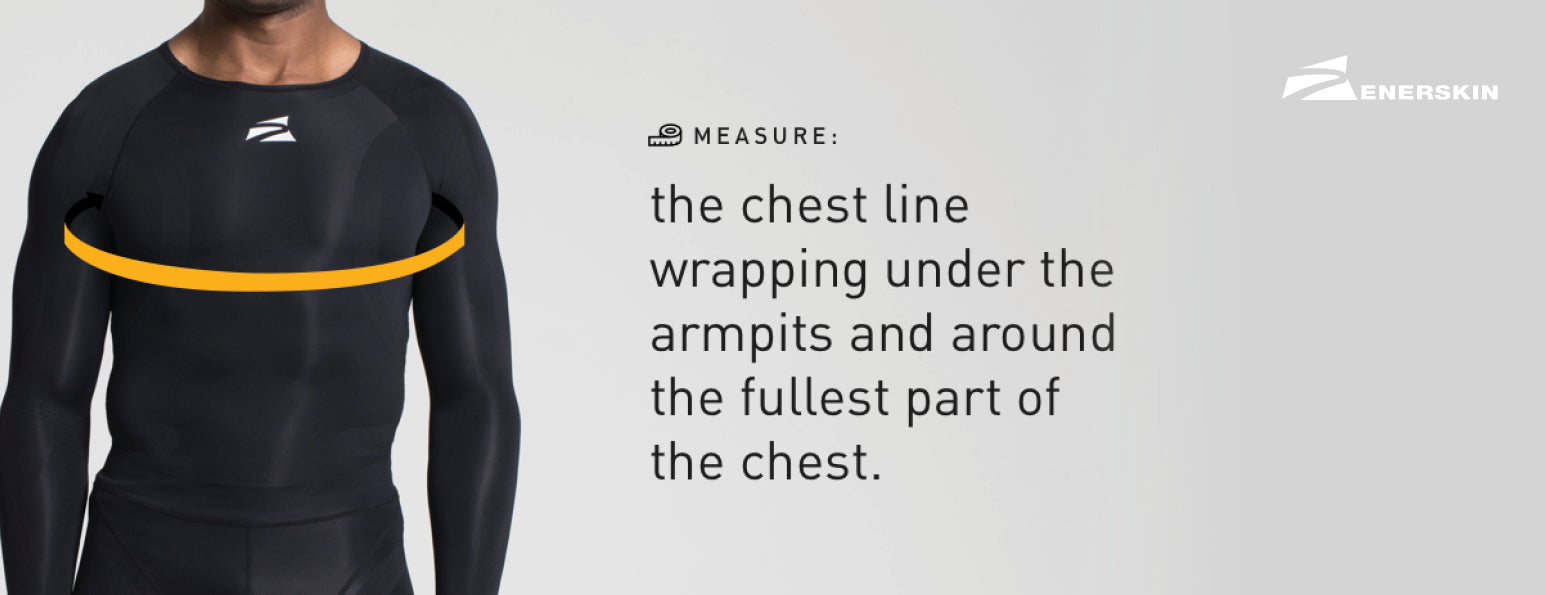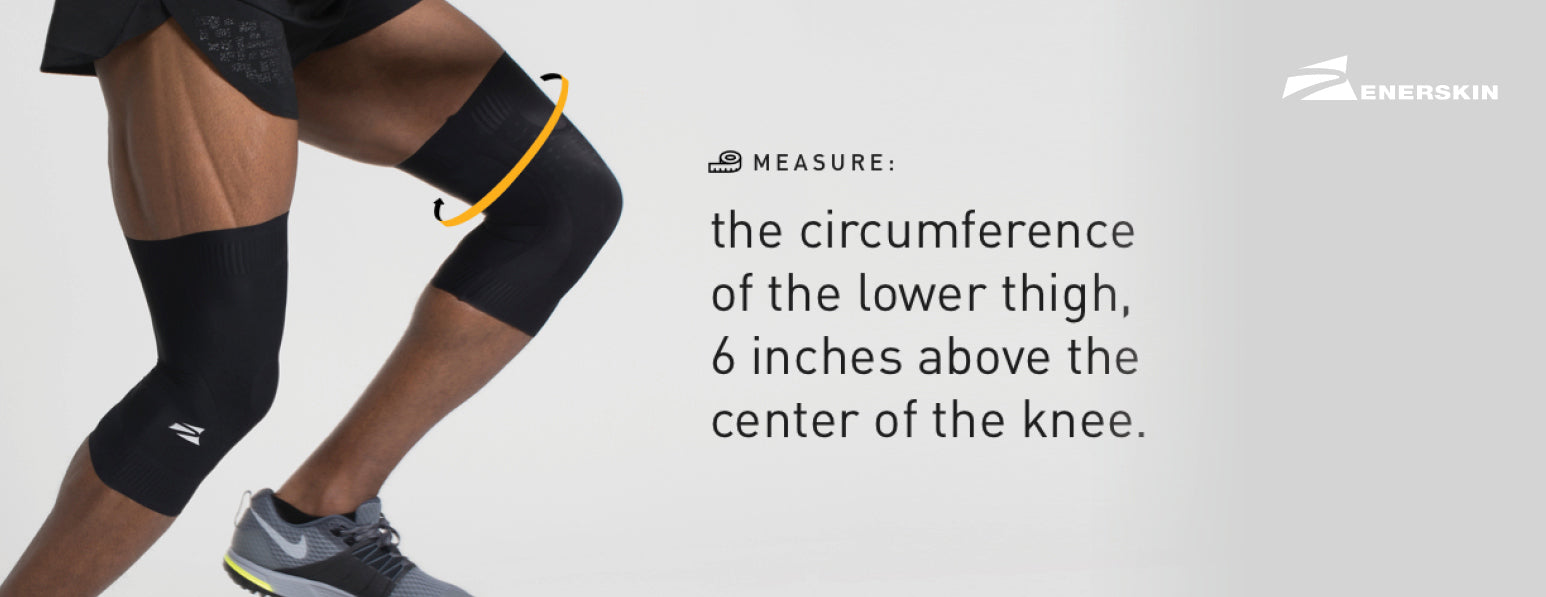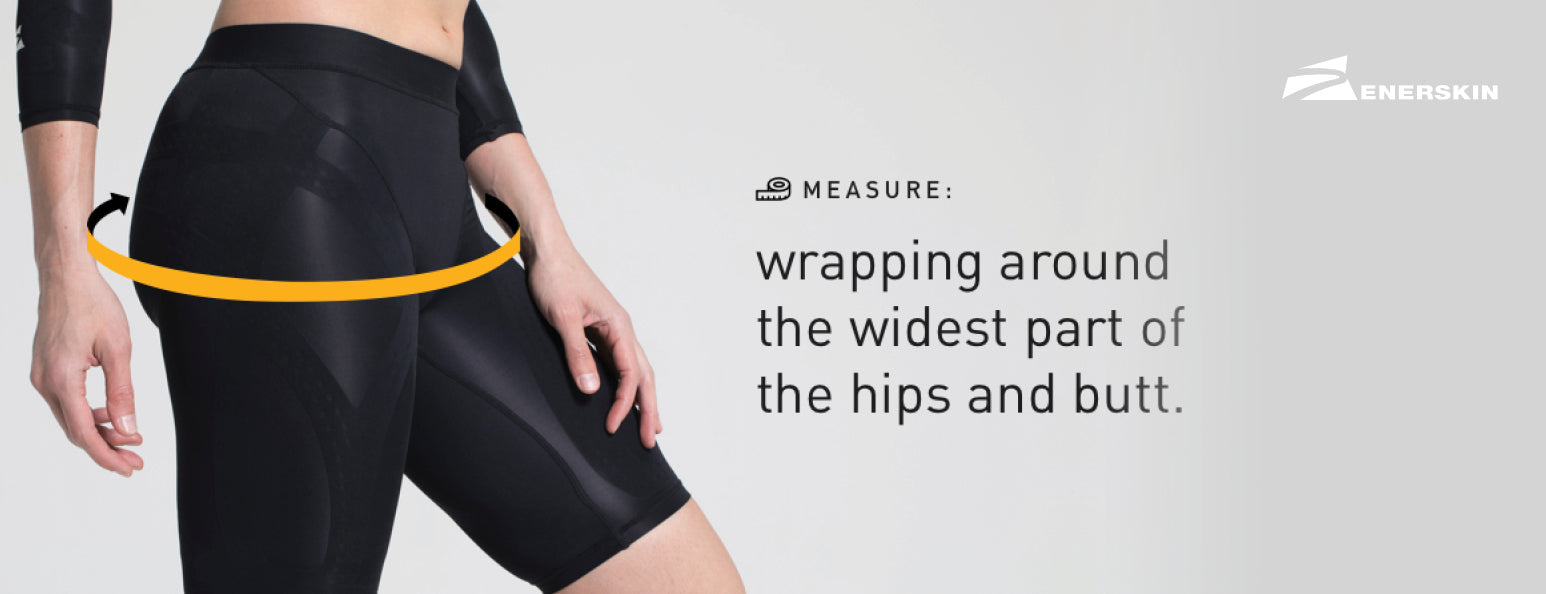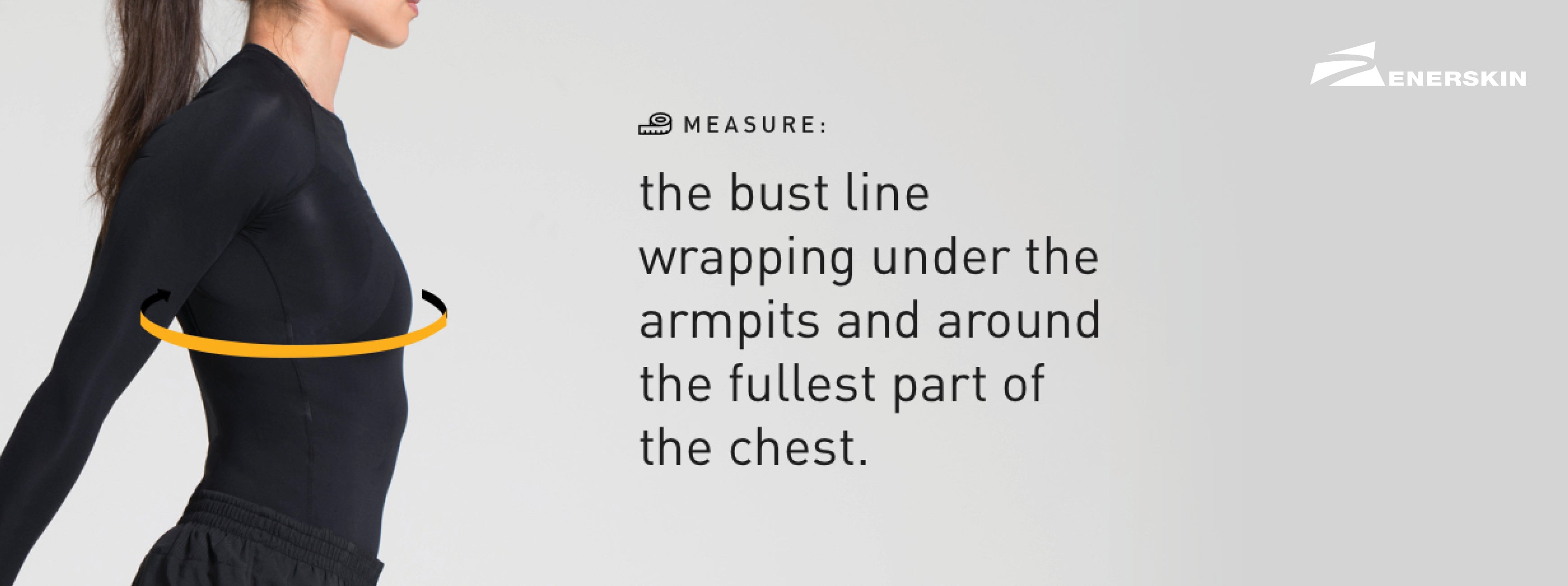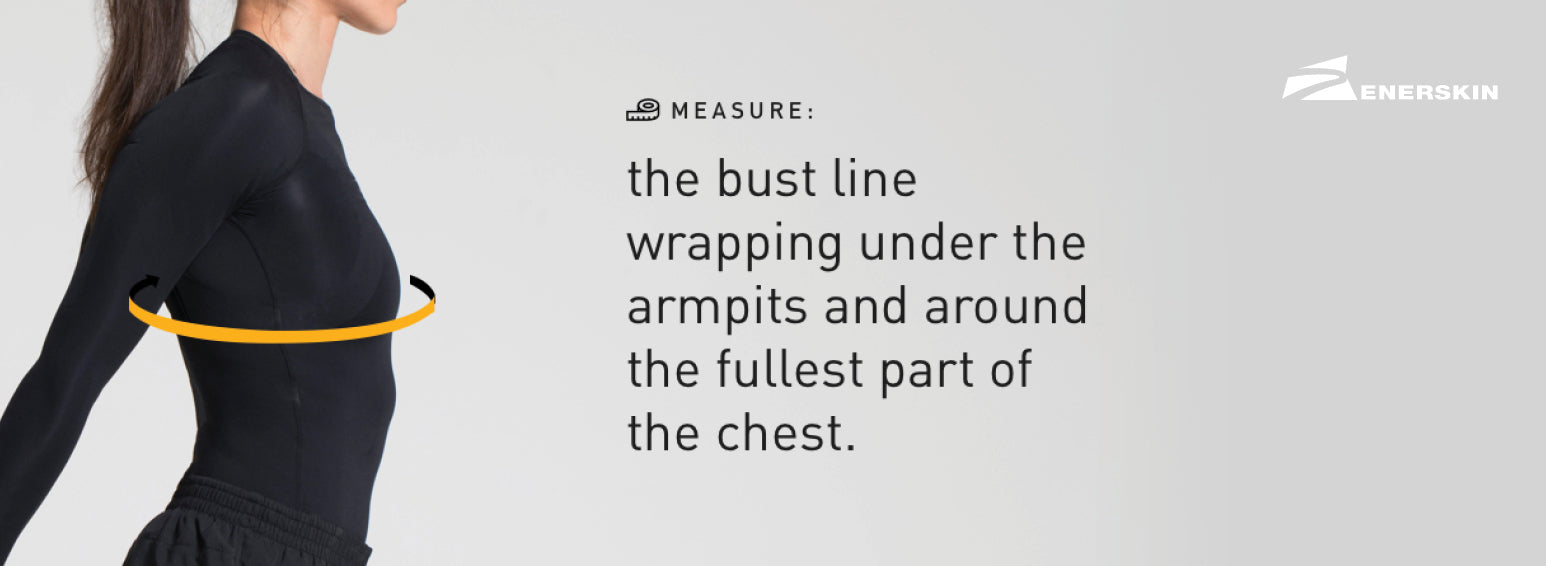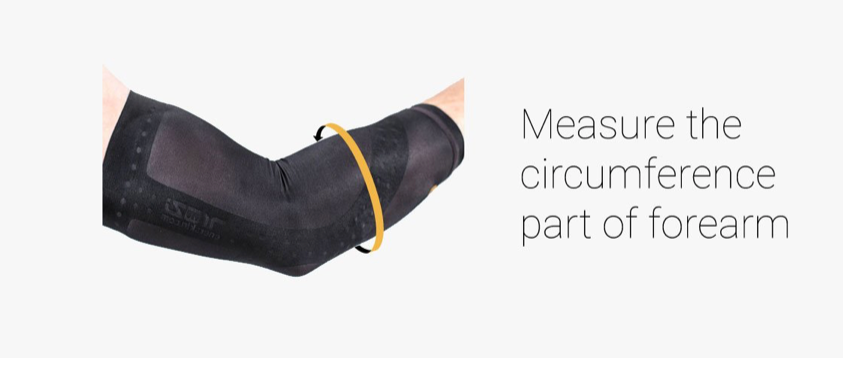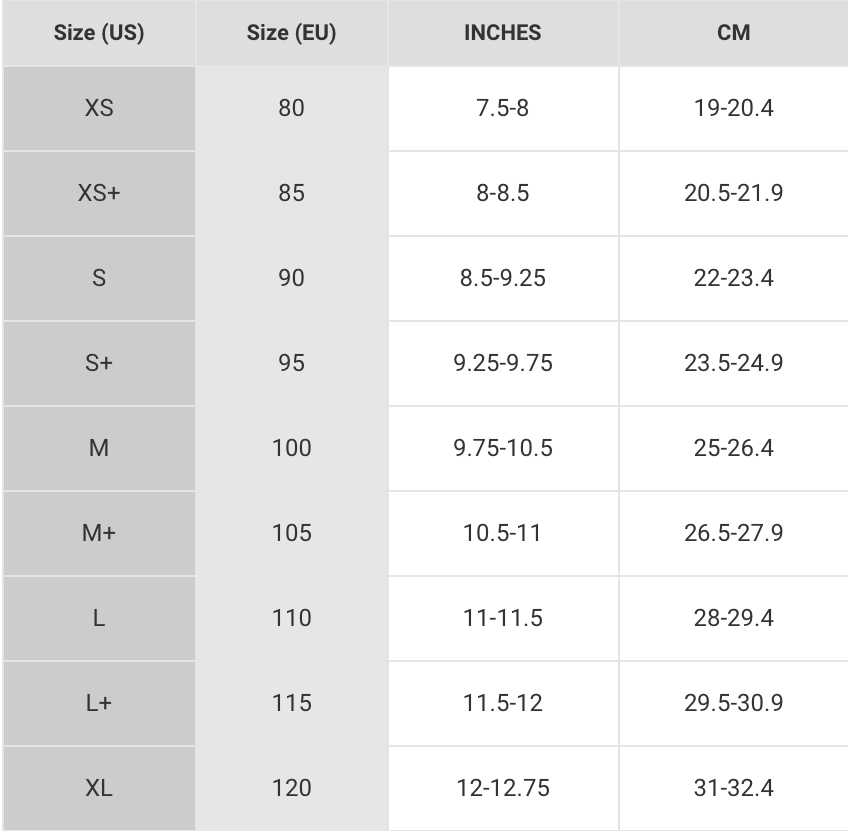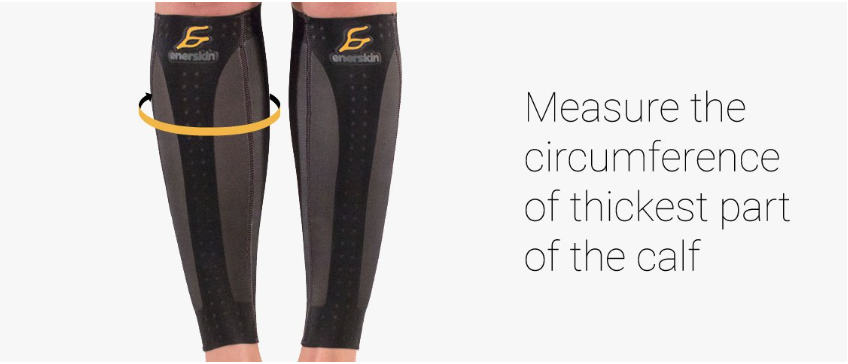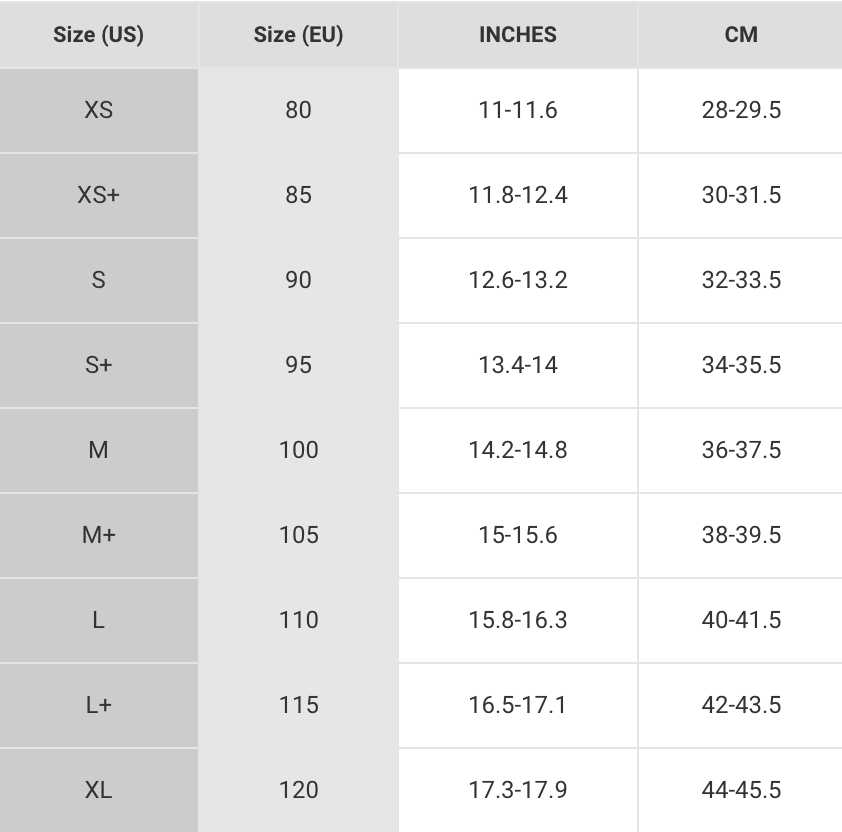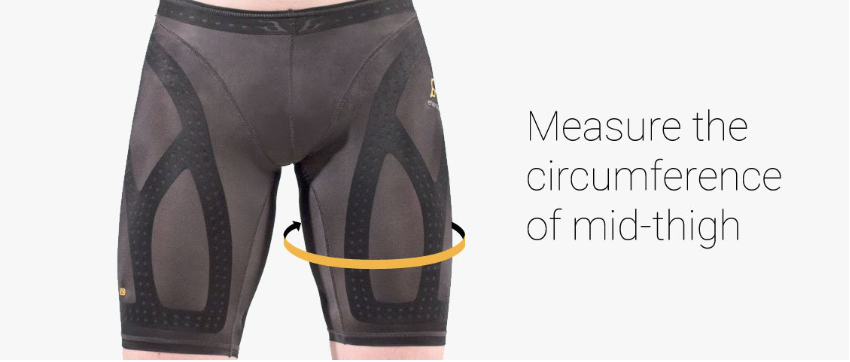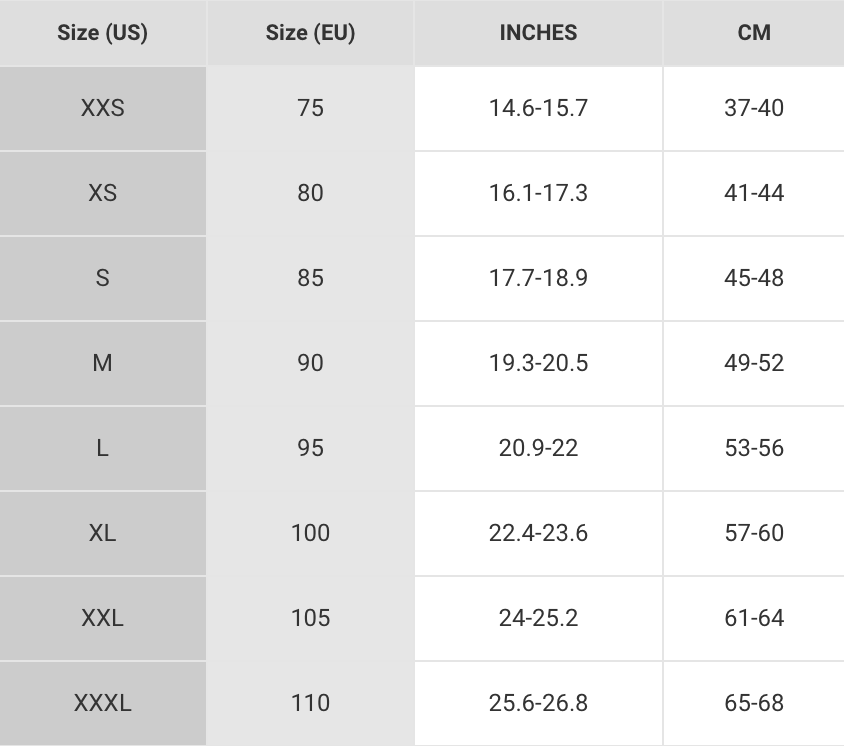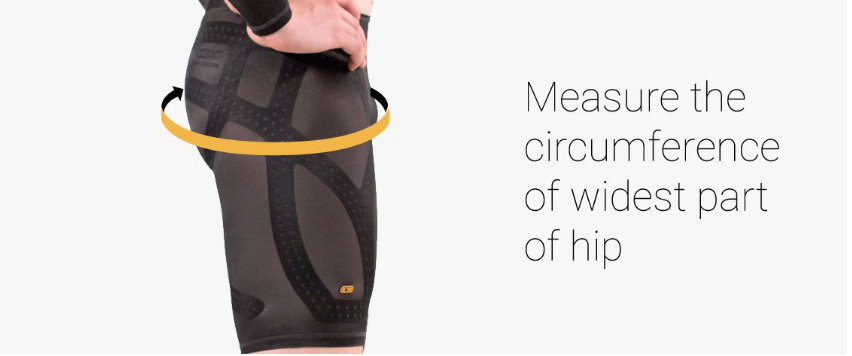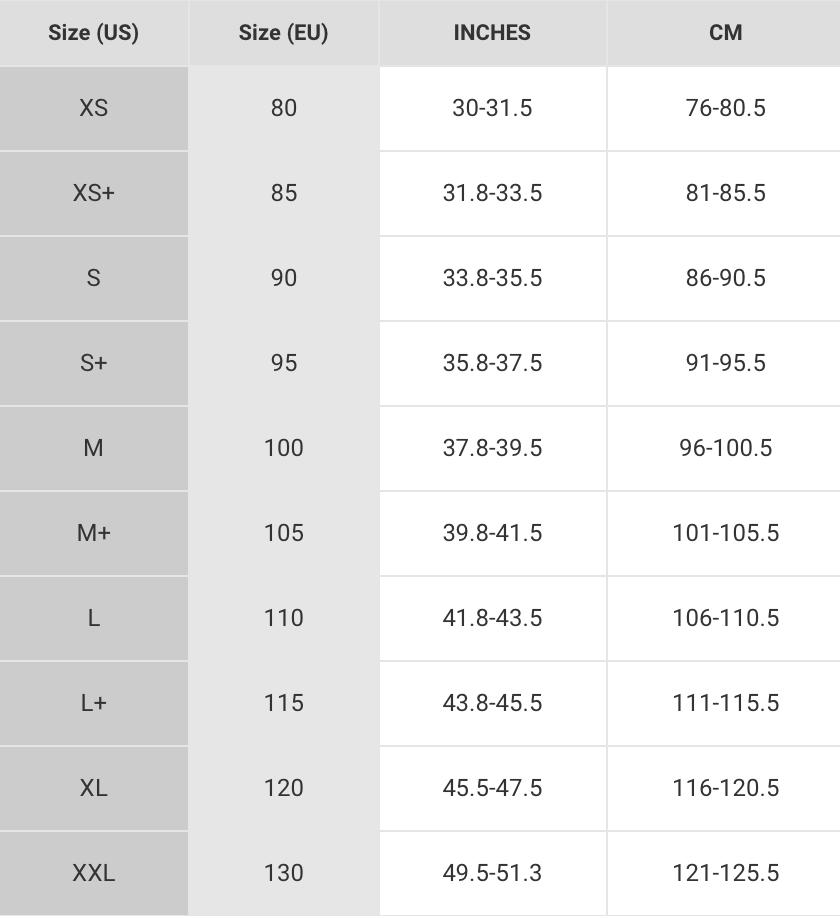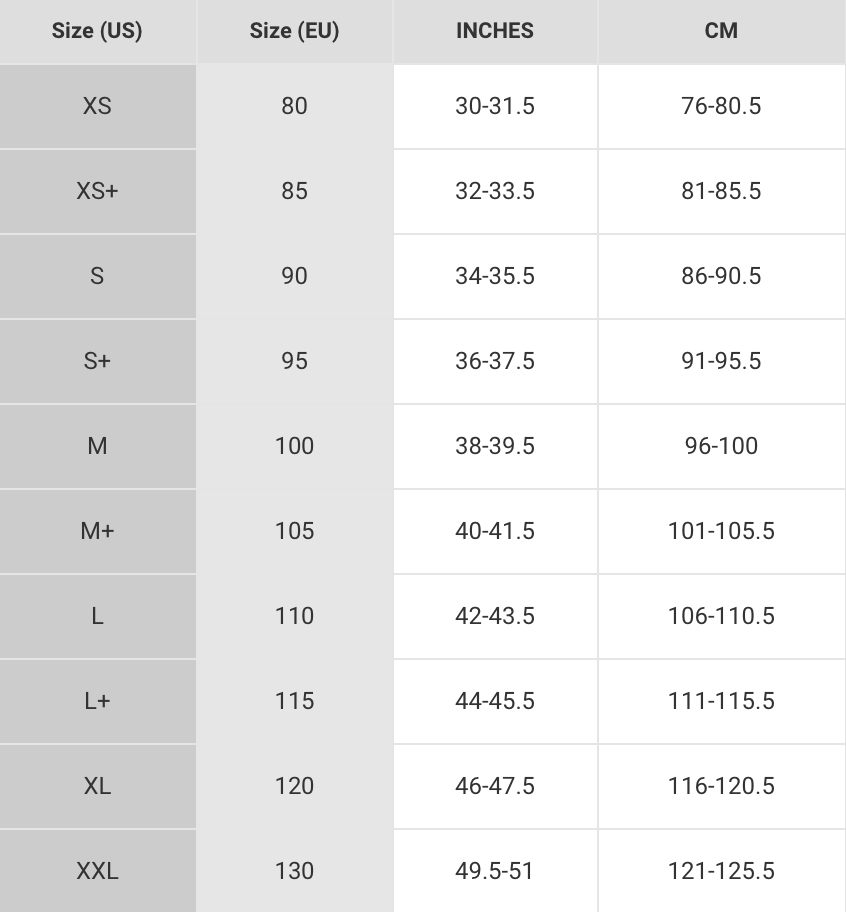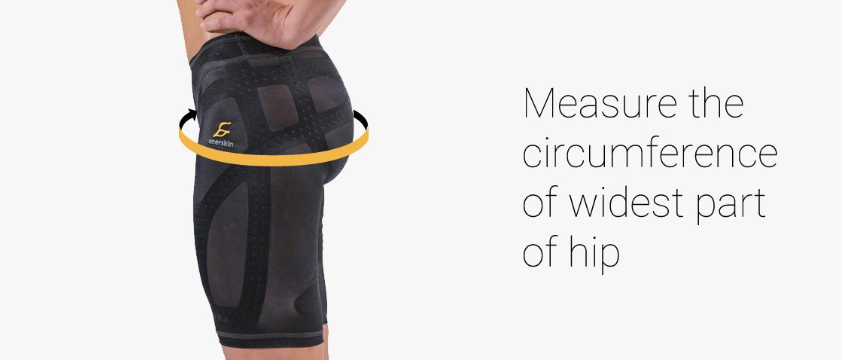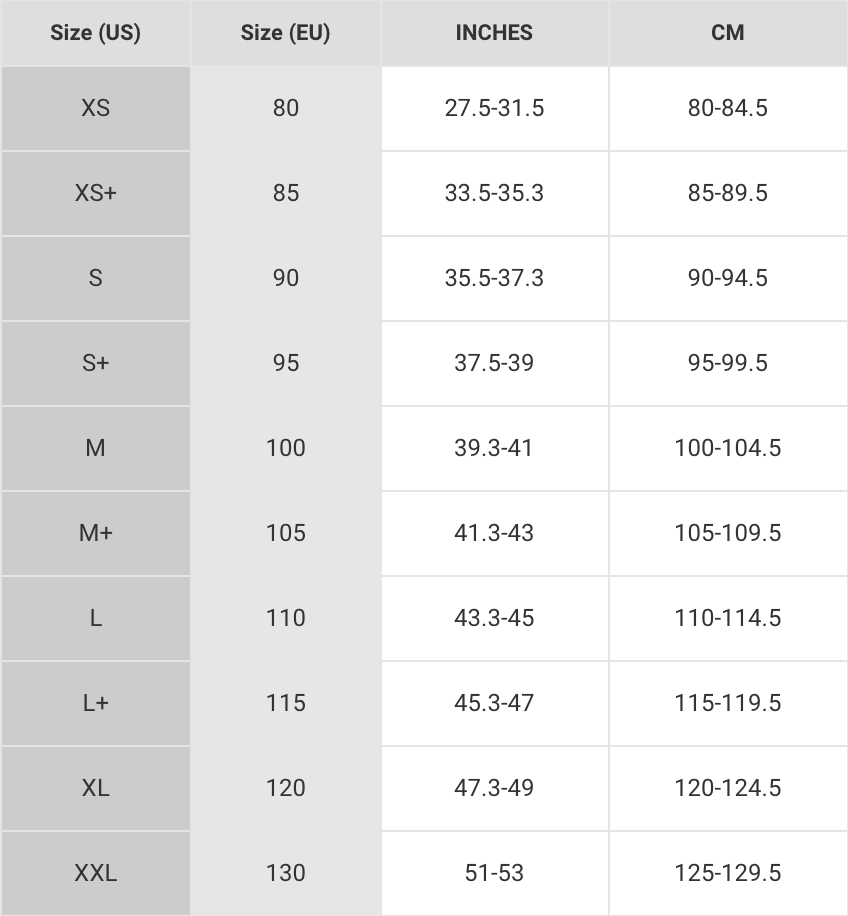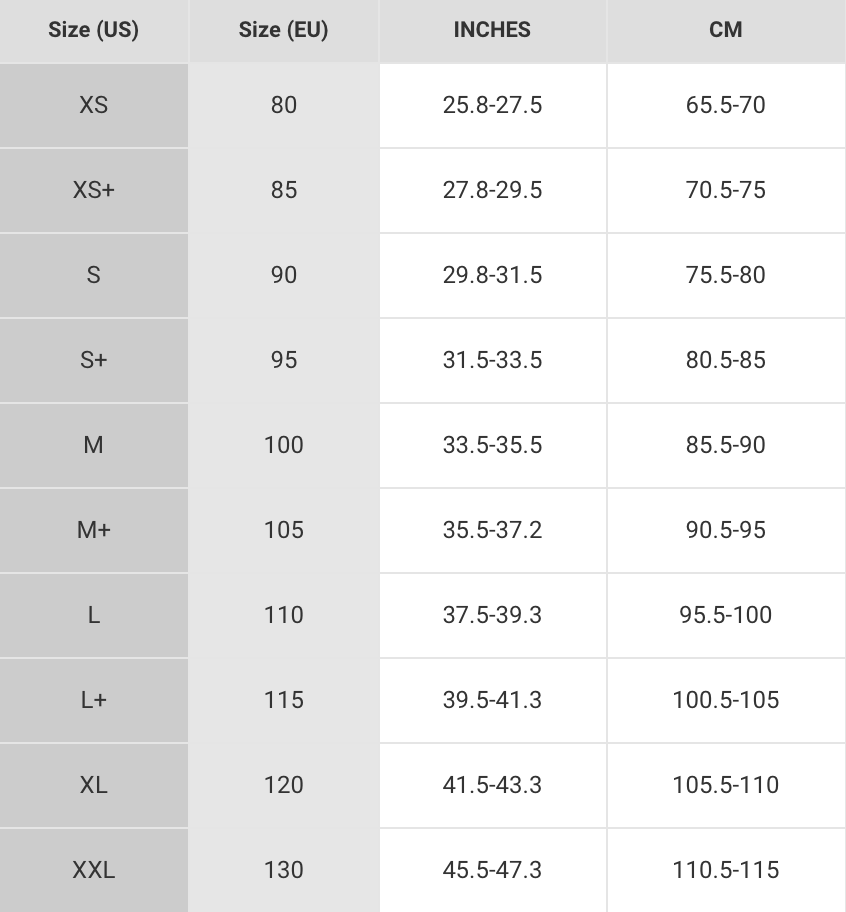How to use Foam Rolling for Post-Workout Recovery
Imagine this - you’ve just completed an intense workout, the kind where you already feel your muscles hurting as soon as you’re done. You know that the next couple days will be sore-city, and you brace yourself with some quick stretches and drink some water to hydrate.
What if there’s another nearly-magical way to recovery, a post-workout activity that relaxes your tight muscles and reduces soreness, and in some cases even gets rid of the soreness entirely? Foam rolling is an inexpensive, quick, and effective way enhance recovery after workouts. There’s no magic involved, just simple, tried-and-true methods.

You may have seen people at the gym, or even your favorite athletes, lying on the floor after workouts and slowly rolling on a strange cylindrical bar. What they’re doing isn’t some fringe fitness activity. Foam rolling has been gaining in popularity over the past decade as an effective way to improve flexibility, athletic performance, and post-workout recovery.
These foam rollers come in many different shapes and sizes, and just starting out using them can be confusing and intimidating. In this post, we’ll introduce the practice of foam rolling, what it does, and how it’s helpful for recovery. We’ll cover additional foam rolling techniques in a future post.
What Is Foam Rolling?
Foam rolling in the simplest terms is using a foam roller to perform self-massage of the muscles and the connective tissues surrounding the muscles. These connective tissues are called myofascia and the current theory is that applying pressure to them reduces muscle tightness. Once the myofascia become softer and more pliable, range of motion (ROM) and blood flow to the muscles increases.
Typically, the person foam rolling will lie on top of the foam roller, slowly rolling back and forth while applying pressure to targeted muscle groups, ranging from the legs all the way up to the upper back and neck. The goal is to massage out sore muscles and myofascia with body weight and nothing more.
Tight Muscles & Trigger Points
During intense workouts, your muscles are under a lot of stress and break down. Even day-to-day activities such as sitting in the office or poor posture could lead to tight muscles and muscle knots, also known as trigger points.

Trigger points are areas of muscles that tighten and contract even at rest. People refer to them as knots because that’s what they feel like to the touch. Foam rolling adds an important element to post-workouts by releasing these trigger points and relaxing tight muscles, allowing for normal muscle function and more effective muscle recovery.
Foam Rolling Benefits
Also known as self-myofascial release, foam rolling has been backed by numerous scientific studies demonstrating it to be an effective way to enhance athletic performance and recovery after workouts.
A 2014 International Journal of Sports Physical Therapy study concluded that foam rolling improved both short-term and long-term flexibility. Another 2015 Journal of Athletic Training study concluded that foam rolling effectively reduced post-workout muscle soreness, known in athletic circles as the dreaded delayed onset muscle soreness (DOMS).
Foam Rolling for Recovery
Foam rolling is a great tool for recovery because it’s inexpensive and easy to do, doesn’t take too much extra time, and preps your muscles for better recovery so you can get back out quicker while reducing risk of injury.
Getting started just requires a foam roller, which you can pick up for under $10. Learning the techniques requires a bit more time, but not much more than learning new stretches. Once you get it down, foam rolling takes around the same time as post-workout stretches to complete.
Even better, combine foam rolling with Enerskin products to supercharge the recovery process - wear the new E75 collection compression gear in reverse (silicone side out) for an additional 2-3 hours after foam rolling. This will help further speed up muscle recovery.

With these advantages and all the additional positive benefits that foam rolling offers, it’s easy to see why the activity is now commonplace among a wide range of athletes. In our next post, we’ll dive deeper into foam rolling basics, so that you can get started yourself.
Sources:
https://www.scienceforsport.com/foam-rolling/#toggle-id-1
http://time.com/4653956/foam-roller-workout-recovery/
https://breakingmuscle.com/fitness/what-is-a-foam-roller-how-do-i-use-it-and-why-does-it-hurt
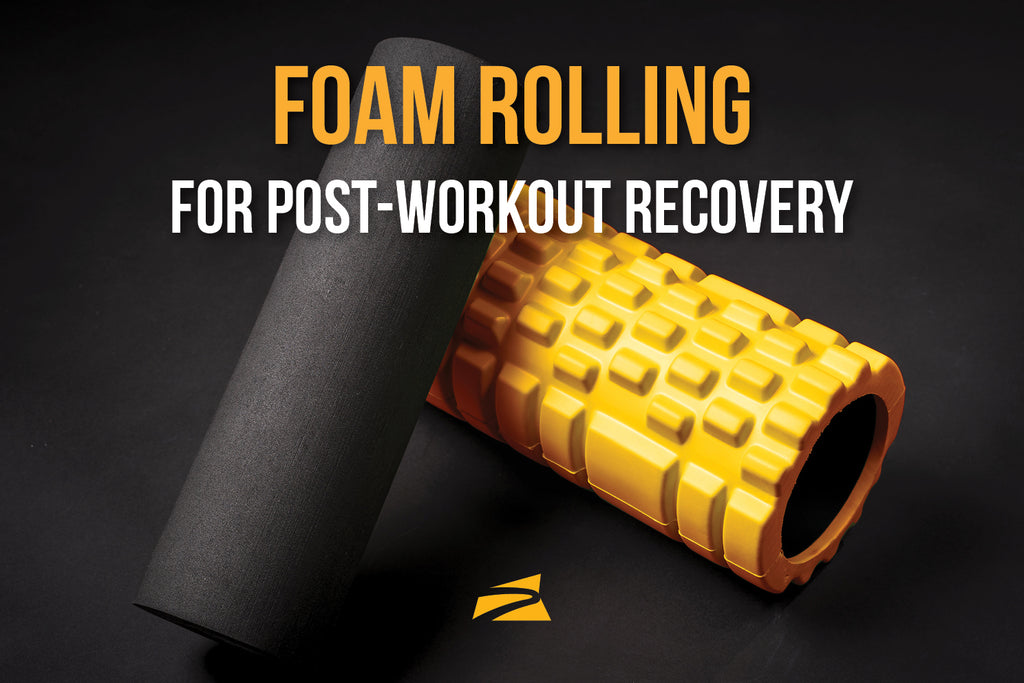
you may also like

